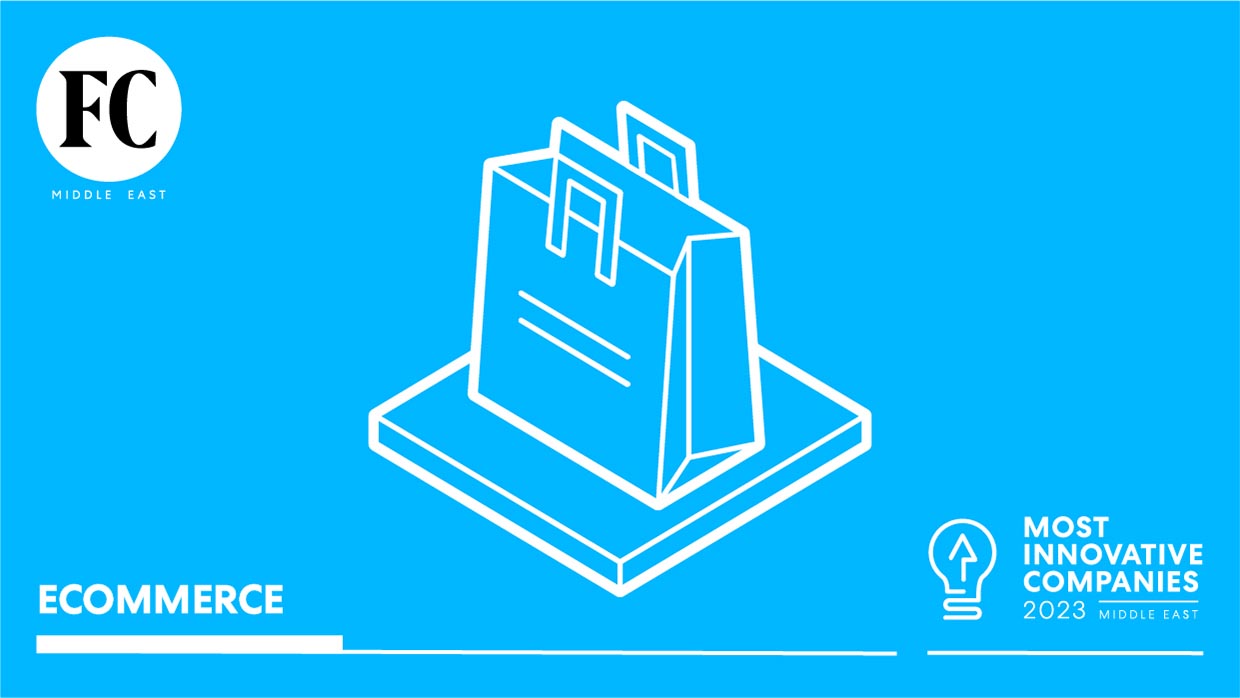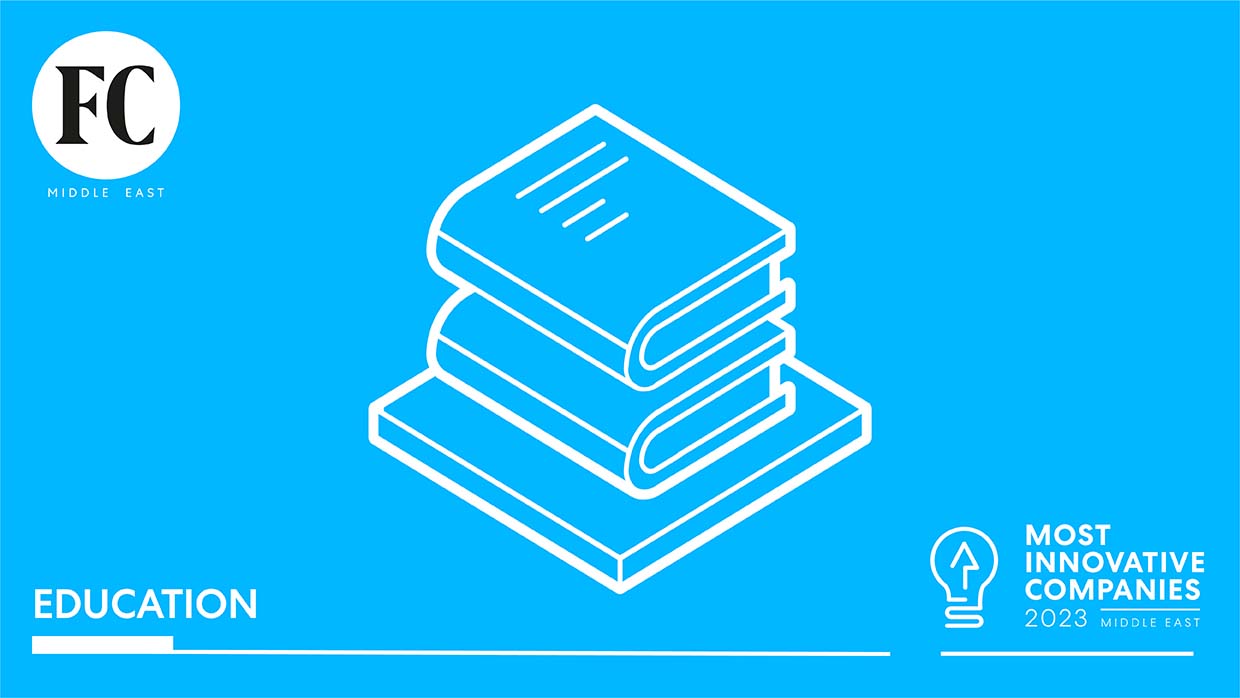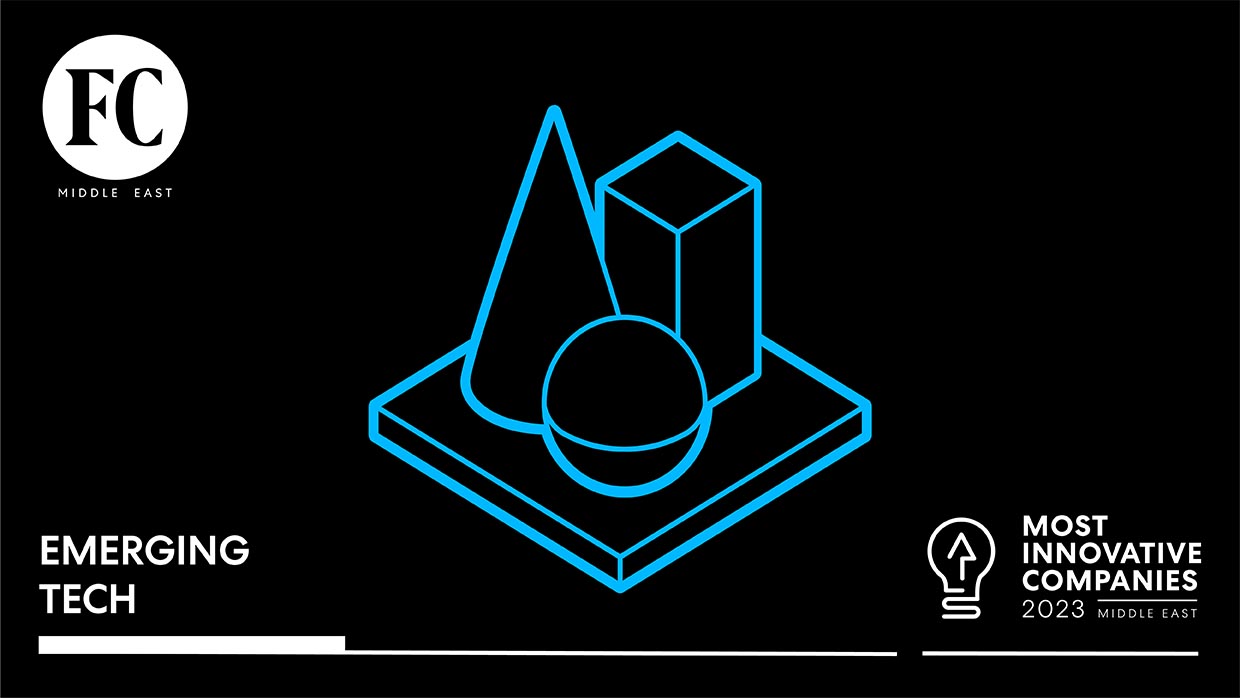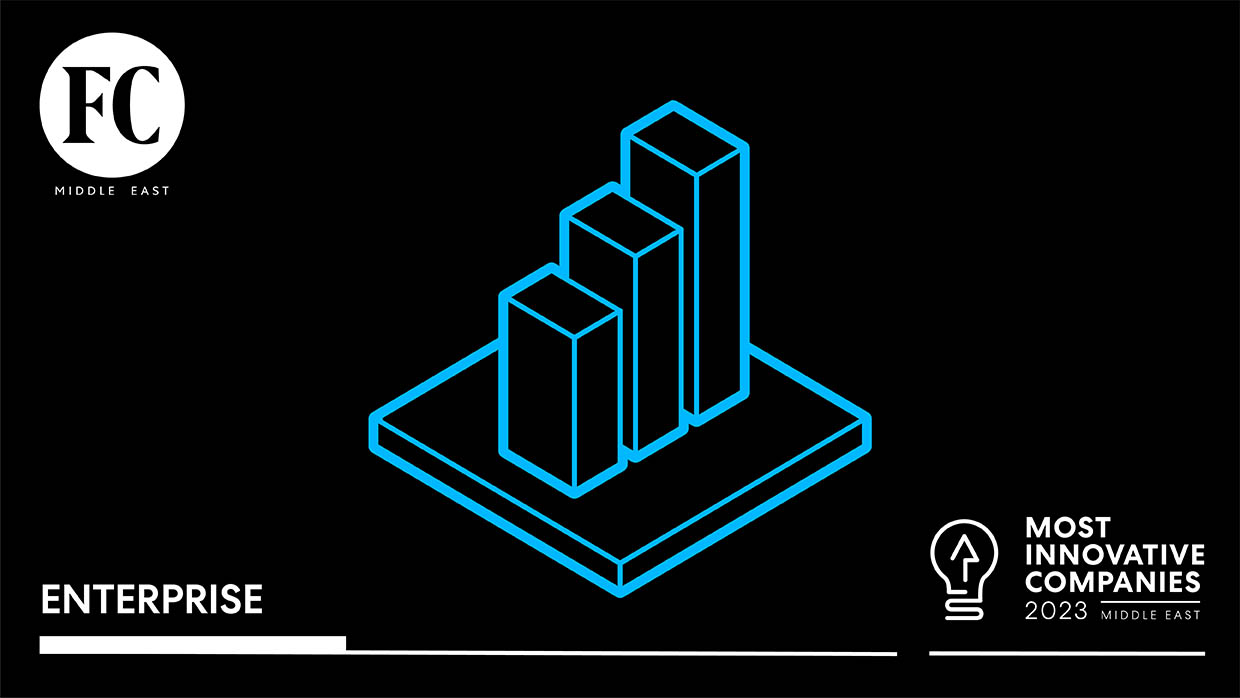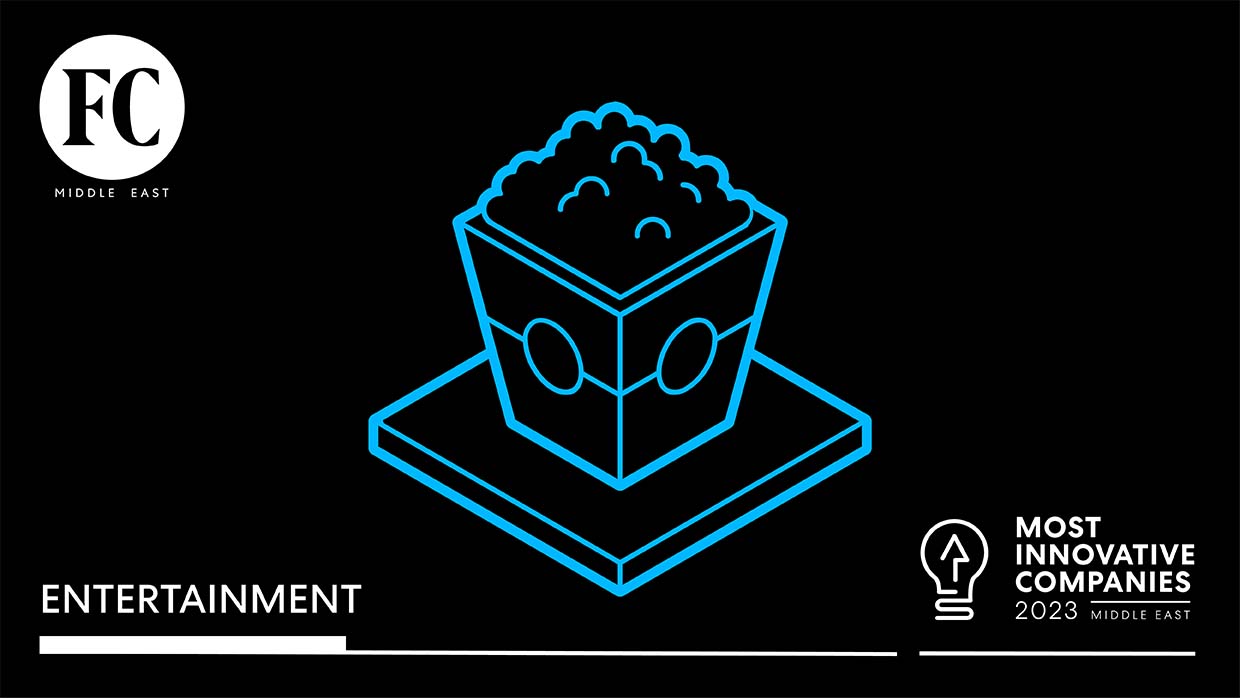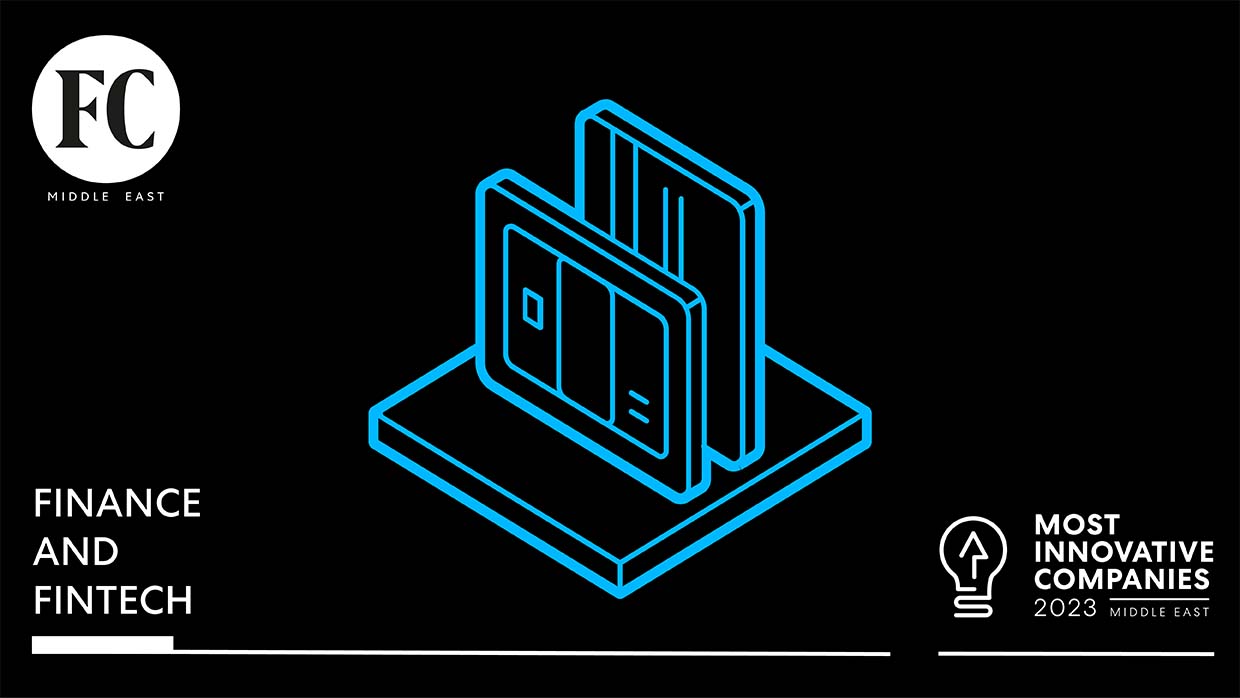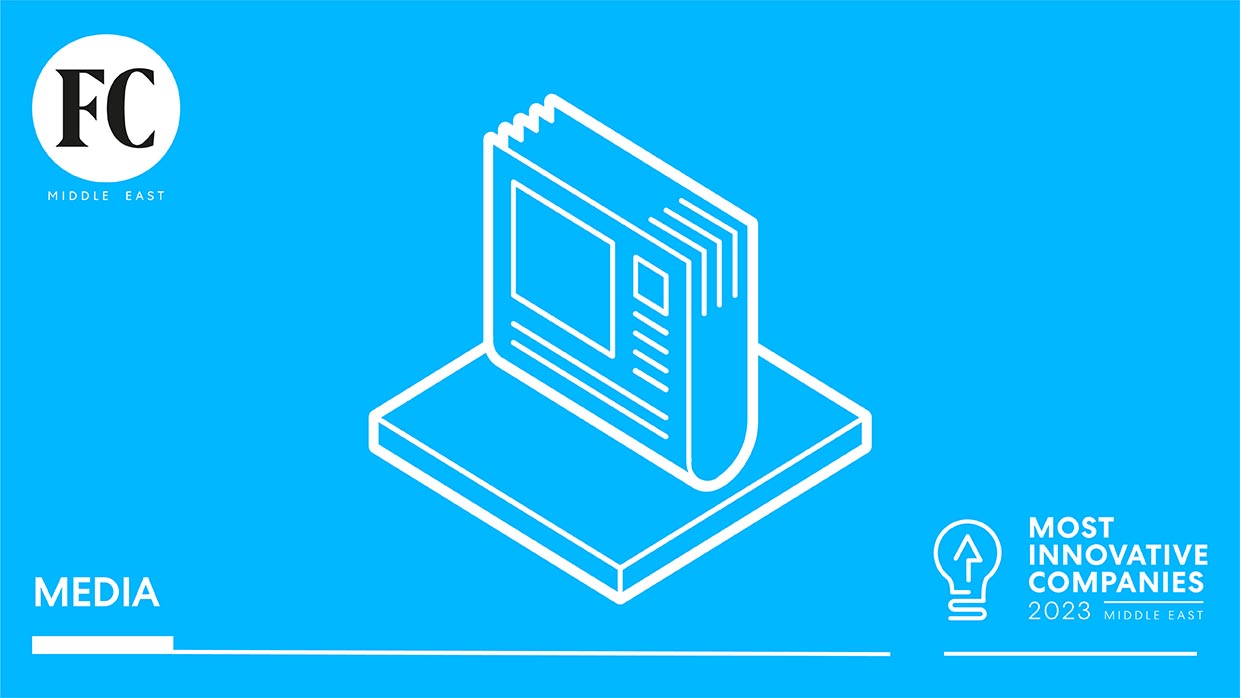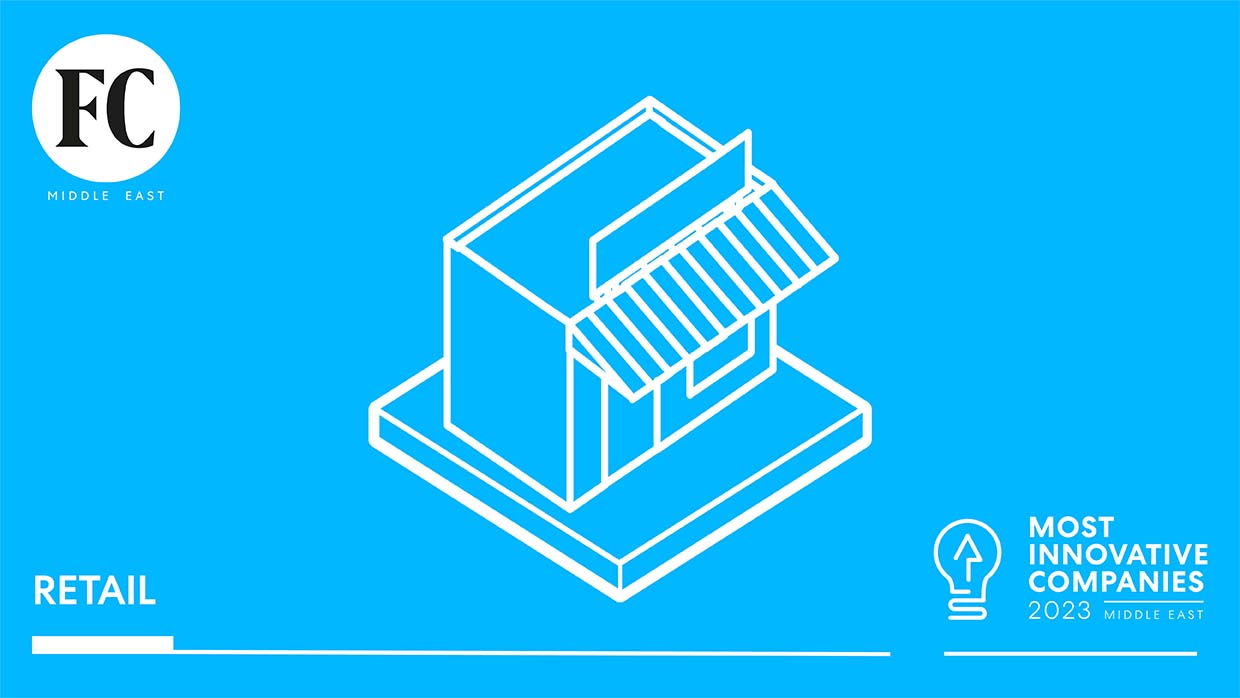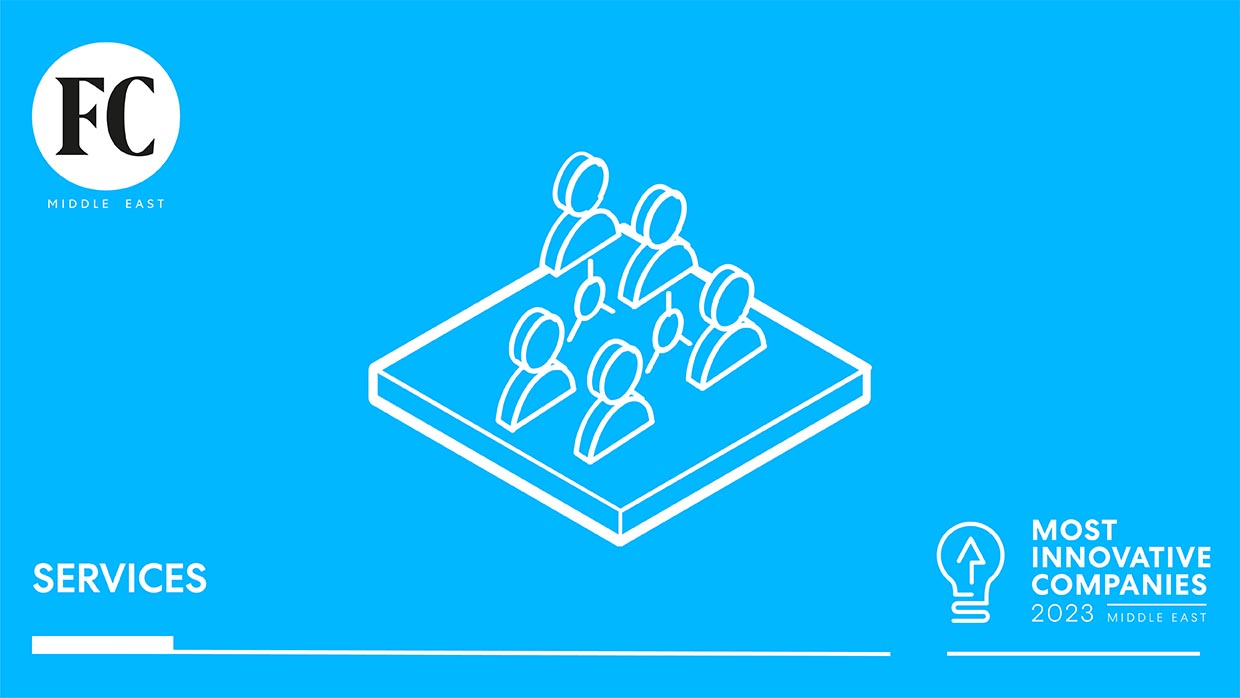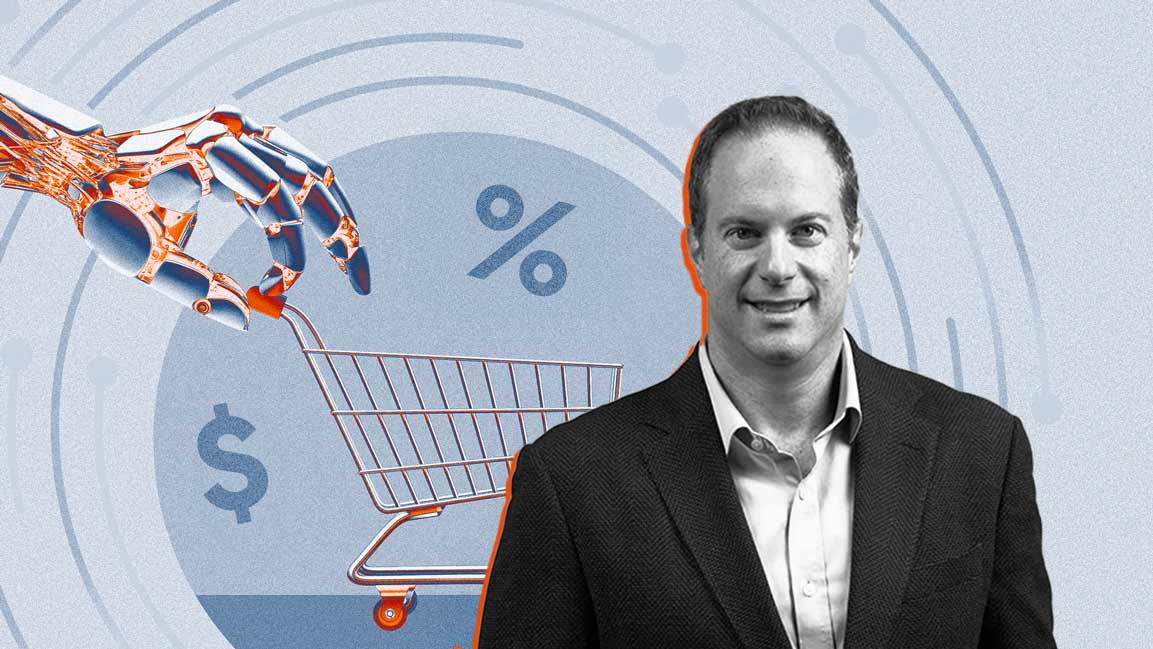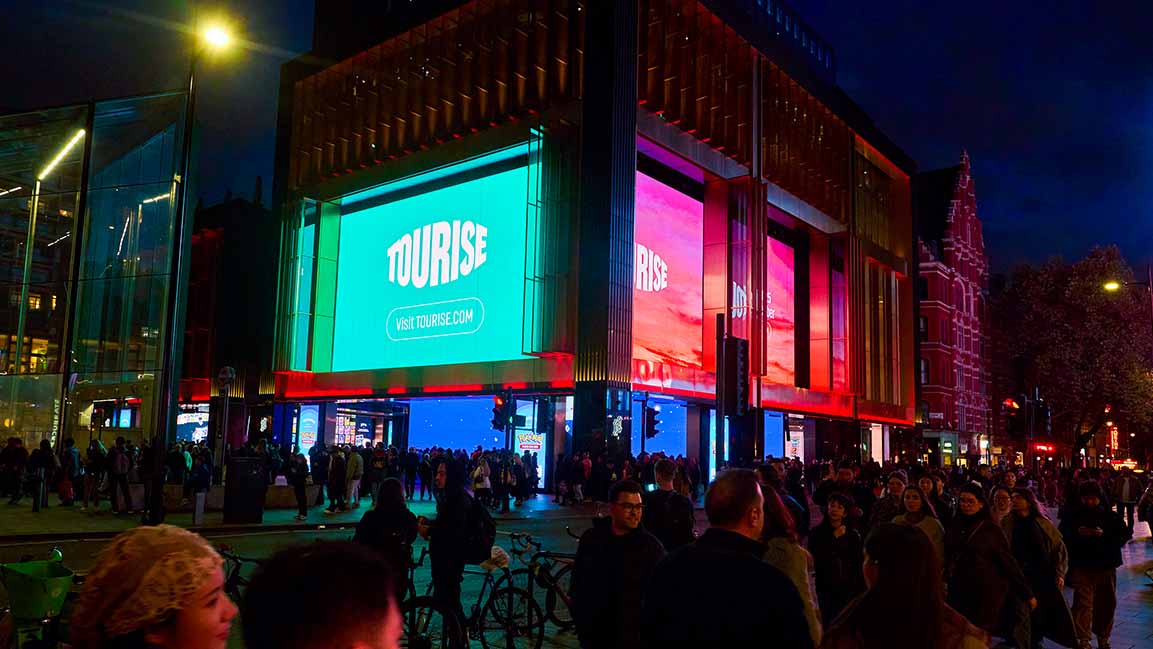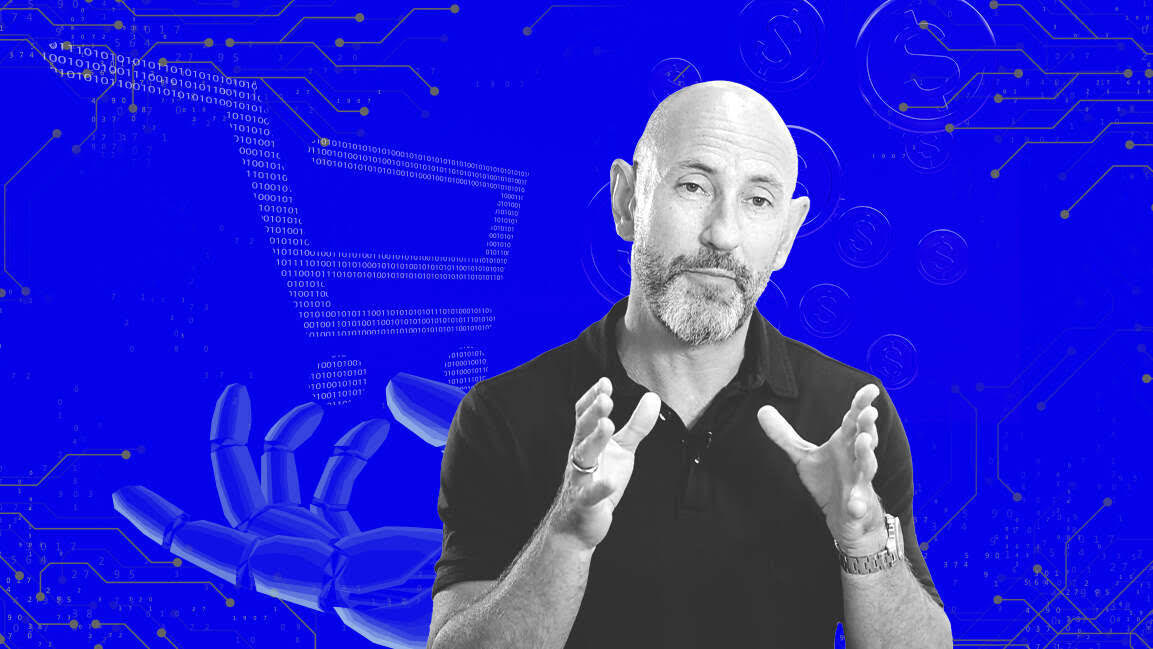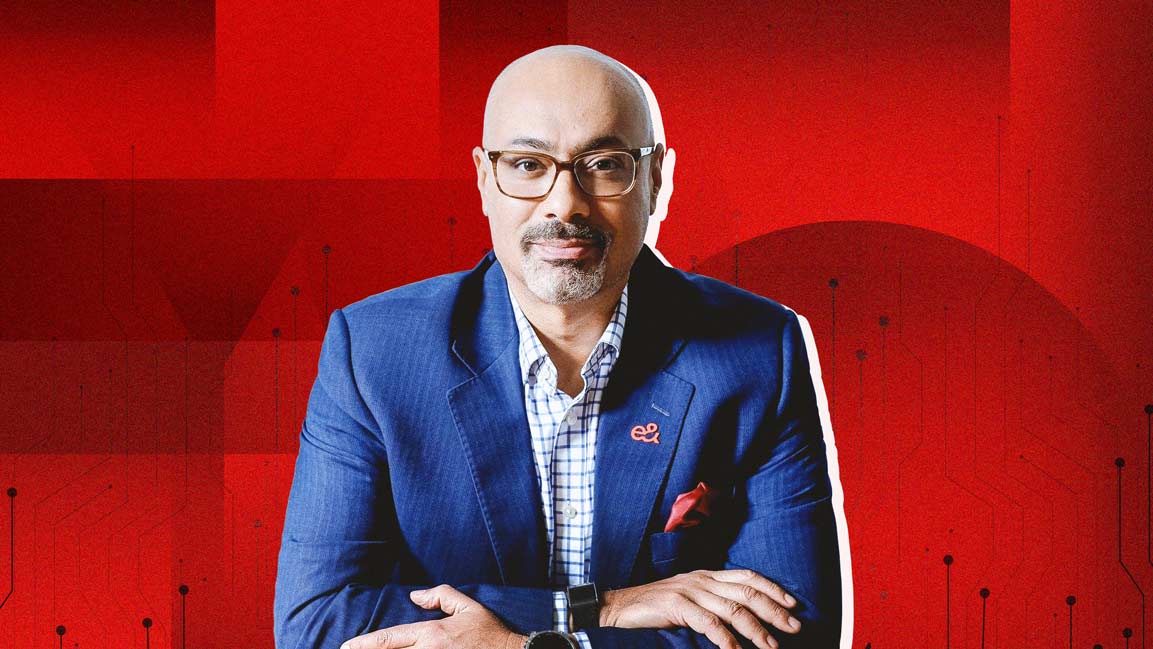These are the big ideas shaping PR and marketing in the Middle East
Authenticity, personalization, AI, and inclusivity are trends set to dominate the marketing industry this year.
The marketing landscape is constantly in flux, driven by rapid technological advancements like AI and machine learning, revolutionizing how brands connect with their audiences.
In an increasingly conscious and discerning marketplace, authenticity, inclusivity, and sustainability have emerged as critical pillars of successful marketing strategies.
Consumers are no longer passive recipients of messages but active participants in brand narratives. They demand transparency, social responsibility, and genuine connection.
So, how can the marketing industry innovate while strengthening consumer relationships? What key trends shape its future, and how can brands adapt to thrive?
To gain insights into these crucial questions, we spoke with leading experts who shared their perspectives on the biggest trends to dominate the marketing industry in the coming years.
DATA TO CREATE PERSONALIZED EXPERIENCES
In the age of information, data is the new currency. Marketers increasingly leverage data to create personalized experiences that resonate with individual consumers. By harnessing the power of AI and machine learning, brands can analyze vast amounts of data to predict consumer preferences and deliver tailored content. This shift towards data-driven personalization will build stronger customer relationships and drive brand loyalty.
With increasing concerns about data privacy, ethical marketing practices will take center stage. Consumers are becoming more aware of how their data is used and are demanding greater transparency. Brands prioritizing data privacy and adopting ethical marketing practices will gain consumer trust and stand out.
– Andreas Skopal, CEO Merkle MENA, a Dentsu company
SEAMLESS COLLABORATIONS AND UPSKILLING TALENT
2025 will be shaped by trends and actions prioritizing future readiness and enduring brand success. Businesses will need to continue to drive focus and investment in critical areas, including upskilling talent. Investing in talent at all stages of their journey is key to equipping and empowering teams with skills for the future, from data analytics and AI integration to EI and ethical counseling.
Seamless collaborations and offerings across best-in-class disciplines will drive personalized, locally nuanced communications and experiences at scale. Integrating cutting-edge platforms will streamline insights and ensure seamless executions rooted in real-time data and technologies.
Sustainability will also define enduring brands environmentally, socially, and economically. Companies must lead by committing to responsible practices while helping clients navigate challenges.
– Ghassan Harfouche, CEO of MCN MENAT and President of McCann Worldgroup, APAC
IMMERSIVE PHYGITAL EXPERIENCE
The biggest trends dominating marketing in 2025 revolve around AI-driven hyper-personalization, immersive phygital experiences, and the continued evolution of video content as the primary engagement driver.
AI and machine learning (ML) continue to revolutionize marketing strategies. Advanced AI-powered predictive analytics enable brands to anticipate consumer needs before they arise. Businesses leverage AI for predictive analytics, hyper-personalized content, and automating marketing processes, allowing human teams to focus on strategy and creativity.
Video content remains dominant, with short-form and interactive videos thriving on YouTube Shorts, Instagram Reels, and TikTok. Live streaming drives real-time engagement for launches, while AI-powered tools like InShot and Canva help brands create high-quality content efficiently.
The phygital experience has become the norm. Brands like Phygrid lead the integration of in-store shopping, AR trials, and AI personalization. The future of marketing lies in mastering this seamless fusion.
– Hilmarie Hutchison, Chief Executive Officer at Matrix Public Relations
REPUTATION MANAGEMENT IN PR
Artificial intelligence will improve its existing forms, such as customer segmentation and targeting, programmatic search optimization, chatbots, and data-backed personalization. At the same time, it will allow markers to experiment with new forms, such as interactive content, voice activation, augmented reality, and virtual reality.
Geopolitics will heavily impact platforms. Everything from the TikTok ban in the US and the rise of RedNote to the reduction in fact-checking on Meta and the algorithmic biases driving X (formerly Twitter) will determine where brands are spending and what form that spending takes. In tandem, the war on Gaza has made consumers even more insistent on knowing the values of the brands they spend with and ready to boycott if those values don’t align with their own. This means reputation management will take center stage, bringing PR even more into the fore within the marcomms mix.
– Jamal Almawed, Founder & Managing Director, Gambit Communications
PRACTICAL CONSIDERATIONS OF AI
While AI continues to generate significant buzz, the focus is shifting toward more practical considerations, such as the cost of AI tokens, the speed of AI processing, and the ability to consolidate various inputs and outputs. Amidst this noise, the tangible impacts of AI are becoming increasingly evident.
AI is advancing in emotional intelligence, as seen with innovations like Hume AI, which can recognize 48 human emotions. This capability highlights how AI can enhance wellness, customer service, and brand engagement, providing more nuanced and empathetic interactions. These advancements are likely to make marketing and communication more effective, personalized, and emotionally resonant
– Jennifer Fischer, Chief Innovation & Growth Officer at Publicis Groupe Middle East
CAMPAIGNS WITH AI AVATARS
AI will also remain a strong “aesthetic choice” for brands trying to jump on the AI-everything trend, especially in advertising. Campaigns with AI avatars and fully AI-generated creative content will likely remain the talk of the town. However, we may see saturation in this area, leading some brands to push back and demonstrate their future relevance through a more organic, human-centric POV.
We will also continue to see strategic marketing centered around a brand’s commitment to people and the planet and how it improves the world. This approach will remain essential to humanize brands and align with consumer values in the long run.
– Kate Midttun, Founder & CEO, Acorn Strategy
SEPARATING HUMAN AND GENERIC AI CONTENT
We’ll see an increased uptake of AI tools across all marketing industries to generate written, visual, and video content.
While agencies and businesses look to leverage AI’s cost and efficiency benefits, what will really start to matter to the people consuming this content is what looks and feels different and “special” amongst the clutter. We will begin to see a clear line of separation and differentiation between more human, crafted, and even handmade elements of production and generic AI-produced content.
While AI develops and we seem to be increasingly addicted to our screens, I also believe that this year will see a more crystallized backlash against the potential toxicity of social media, particularly for children and young people. We will see an increased need for face-to-face interactions, physical activity, and environments that businesses and brands will help to facilitate.
— Margaret Flanagan, Co-Founder, Tales & Heads
CREATIVITY WILL STAND OUT MORE THAN EVER
AI will be the key—if not the most common tool—in implementing and potentially designing marketing campaigns that set trends.
Successful marketing and communication campaigns are typically interactive and personalized to truly engage an audience. However, achieving a higher level of personalization traditionally requires significant research, time, and money—barriers that AI now helps eliminate by making these capabilities more accessible and democratized.
Marketers are more than capable of designing interactive campaigns and tailoring them to the needs of individuals or companies. However, with AI leveling the playing field, creativity will stand out more than ever. Creativity remains at the heart of any successful marketing campaign—until, perhaps, it becomes a product, and the answer to this question evolves into something entirely different.
– Mamoon Sbeih, President MENA, APCO Worldwide
BEING AUTHENTIC
The biggest idea in marketing will remain to keep all communications and campaigns authentic in delivering meaning and value to customers. This plays out best through engaging with specific communities on their needs and creating content relevant to their lives. This may sound simple, but at a time when everyone is obsessed with AI and scale, those who master the basics of relationship building will win the marketing game.
– Mazen Nahawi, Founder & Group CEO, Carma
BRANDS WILL BUILD TRUST
AR and VR transform consumer engagement, offering immersive “try before you buy” experiences, especially in retail, real estate, and entertainment. With the rise of smart speakers and voice search, conversational marketing is growing, prompting brands to optimize for voice queries and develop AI assistants.
Sustainability is now a necessity, with consumers drawn to brands that prioritize environmental and social responsibility. Transparent communication about eco-friendly initiatives will be key to customer loyalty.
First-party data strategies will dominate as privacy regulations tighten and third-party cookies disappear. Brands will prioritize gathering data directly from their customers through loyalty programs, email marketing, and direct interactions.
Authenticity will rule in 2025 as consumers favor user-generated content over polished ads. Brands will build trust through micro-influencers and real customer stories while fostering communities on Discord, niche forums, and social media.
Social platforms are also blurring the lines between content and commerce, enabling seamless shopping through shoppable posts, live-stream events, and one-click purchases, turning interactions into conversions.
– Mohamed Al Shershabi, Loyalty Program Manager, Panda Retail Company
AI AGENTS COMING
2025 is about agents working with many AI systems to deliver brand goals. These agents will understand user preferences deeply, negotiating with advertisers to deliver only the most relevant and desired messages. This shift will redefine consumer empowerment in the marketing landscape.
Virtual assistants have become indispensable for delivering personalized experiences at scale, with instant customer service that is seamless and engaging while also serving as key touchpoints.
AI virtual influencers are also expected to dominate social media, blending AR with VR to create tailored virtual experiences, such as virtual stores where customers can interact with products in lifelike settings.
The advancement of AI will pave the way for marketers to jump on higher ground, the same way all revolutionary technologies did for people in the past. There might be discomfort early on as they struggle to understand why AI made certain decisions, but marketers will quickly get over it and go higher.
– Mohammed Bahmishan, CEO & Chief Creative Officer, FP7 McCann Saudi Arabia
YEAR FOR DISRUPTION, BOLD DECISIONS
In terms of marketing, it’s all about AI, data, and tech, which are big areas for growth and expansion. Personal branding, increasing use of LinkedIn, brand collaborations and partnerships, digital PR, and branded search are all on the rise.
The biggest thing we’ll see this year is more about mindset, action, and the need to be bold and take risks. It will be a challenging, tough, and cluttered year, and it isn’t the year to play it safe. It’s the year for disruption, for bold decisions that push boundaries, going against the norms, and finding ways to make people take notice. Brands that don’t innovate and look at doing things differently may face big challenges.
– Natasha Hatherall, Founder & CEO, TishTash
AUTHENTICITY TRUMPS TECHNOLOGY AND AI
AI transforms brand-consumer relationships, making them hyper-personal, always-on, and data-driven. Aggregating multiple AI technologies will redefine these interactions, making them smarter, faster, and more intuitive—almost human.
It is the soul of the brand—the authenticity, the human connection—that AI cannot replace (yet). Technologies amplify, improve, and assist, but the heart is what truly connects. True connection goes beyond algorithms; if the technology personalizes and optimizes, creativity and empathy will always create meaningful connections.
–Nathalie Gevresse, CEO of Publicis Communications UAE
INTEGRATION AND AGENTIC AI
Two key drivers will define Marketing and communications: integration and agentic AI. Integration has been a focus for years, with brands working to bring together different disciplines to deliver seamless, personalized, and highly relevant communications. But the real game-changer is agentic AI. We’re moving beyond AI as just a tool for automation – it’s becoming a proactive system capable of making decisions and driving complex marketing and communications strategies. In practical terms, AI won’t generate basic outputs or handle repetitive tasks anymore. It will be ideating campaigns, engaging with audiences, and even independently creating content like social media posts. These two trends will reshape how the communications and marketing industry operates.
– Omar Qirem, Chief Executive Officer of Edelman Middle East
CREATE CONTENT TO MEET DIVERSE NEEDS
Our industry must wake up to the fact that it produces content that simply isn’t accessible enough. Many people with physical or mental disabilities struggle to access content, information, or communication channels. We must work harder to create content that meets the diverse needs of individuals with dyslexia, ADHD, and autism.
Accessibility and inclusion for people with disabilities could and should be at the forefront of marketing efforts to build a more equitable communications world in 2025. If doing the right thing wasn’t incentive enough, to put it into perspective, we’re ignoring a global community of well over a billion people—that’s around 15% of the world’s population, with a collective purchasing power of $13 trillion.
– Pete Jacob, Managing Director, Current Global MENAT
FOCUS ON LOCAL CONTENT CREATION
Omnichannel strategies will be increasingly vital across most industries. This is especially true in the Arab world, where digital adoption is growing rapidly while traditional forms of communication and commerce are still deeply embedded in society.
The focus on local content creation, cultural sensitivity, and relevance will also be another true differentiator. Home-grown brands and even global brands are localizing their messaging, creative concepts, and campaigns, which gives them a better chance of success, especially in highly localized markets like Saudi Arabia and Egypt.
Arabic continues to dominate as the language of choice in these markets, and campaigns that leverage local dialects and customs resonate more deeply. Some brands even integrate regional humor and narratives into their campaigns to show that they are in tune with local trends and strengthen emotional appeal.
– Radwa Allabban, Founder& Managing Director, Place Communications
ARABIC AI CAPABILITIES WILL SEE ADVANCEMENTS
The marketing landscape will be defined by purpose-driven innovation, with AI at its core. But to solve consumer challenges. Brands must focus on creating tailor-made solutions that address specific client needs and pain points.
Arabic AI capabilities, in particular, will see remarkable advancements, bridging language and cultural gaps in the region. This progress will enable brands to engage with audiences authentically, providing contextually relevant experiences. Another exciting frontier is spatial computing. These technologies seamlessly blend digital and physical realities to create meaningful consumer touchpoints.
Expectations around authenticity and inclusivity also continue to rise; brands must communicate with genuine intent, as Middle Eastern hyper-critical audiences can quickly detect tokenism, superficial messaging, or empty promises that will face backlash.
— Reda Raad, Group CEO, TBWA\Raad
UNDERSTANDING THE NUANCES AND STYLE OF EACH CHANNEL
Social media via mobile reigns supreme as the preferred news source, with “traditional” formats having undergone unprecedented transformations to connect more intuitively with and entertain users. Users can now “dress up” their content while being linked to personalized data—tracking needs, desires, habits, and locations. Platforms like Instagram, TikTok, and Twitter have become more effective than ever in fostering “organic” discourse and narrative dissemination.
We, as agencies, can help our clients engender “authentic authenticity,” which lies in understanding the nuances and style of each channel intimately and cleverly adapting our approach and “voice” to that with which consumers expect whilst delivering messages that remain true to the brand values and personality.
PR agencies are now leveraging the wealth of insights from data analytics to tailor their messages with surgical precision. Harnessing the manifold insights proffered by data analytics and artificial intelligence. This approach fosters intimacy and engenders a profound sense of rapport and affinity with increasingly discerning audiences.
Agencies must navigate the fine line between targeted messaging and intrusive surveillance. As always, transparency and consent are paramount, ensuring that consumers are empowered to control the use of their personal data in shaping their online experiences.
— Sophie Simpson, Managing Director & Founder, Atteline
CREDIBILITY AND AUTHENTICITY OF DEI COMMITMENTS
Attitudes toward DEI are changing, but that doesn’t mean brands can flout best practices for creating fair, welcoming, and respectful environments for work and business. Organizations must demonstrate the credibility and authenticity of their DEI commitments rather than simply tick a box in an ever-changing marketplace.
On the ESG front, consumer patience with warm words instead of serious action is wearing thin. In the Middle East, we know that consumers are prepared to act with their feet when brands don’t live up to their values. This is another opportunity for companies to differentiate themselves.
Fragmentation is no longer just a traditional media issue—it’s reshaping social media. New platforms, government restrictions, and Twitter alternatives like Bluesky and Mastodon have weakened the dominance of major channels, requiring more sophisticated strategies.
We must also rethink our approach to storytelling, treating news-focused influencers as journalists, integrating podcasts into executive visibility, and creating platform-ready content like short videos and graphics.
– Stephen Worsley, Regional Managing Director Golin MENA
VIRTUAL INFLUENCERS AND THE DOMINANCE OF SHORT-FORM VIDEO
As we look ahead at the ever-evolving marketing landscape, virtual influencers, the dominance of short-form video, and the emergence of innovative loyalty programs are taking center stage.
Virtual influencers blend real-life influencers’ appeal with CGI characters’ creativity. They also offer several advantages over their human counterparts. They are immune to scandals, can be meticulously tailored to align with a brand’s image, and are available for campaigns around the clock.
The rise of TikTok, Instagram Reels, YouTube Shorts, and LinkedIn videos is reshaping social media. Meanwhile, loyalty programs are evolving beyond points and cash-back, as consumers now expect more innovative engagement.
– Sunil John, Senior Advisor – MENA of Stagwell
INTEGRATING HUMAN TOUCH IN AI
AI platforms are becoming incredibly effective in brainstorming, analysis, and even gaining audience reactions. They help with audience segmentation and persona development. They enable more effective content, copy ideation, and optimizing messaging, including effectiveness testing models that strengthen performance marketing. And as these platforms evolve, they’ll become more effective at localization and cultural sensitivity checks.
However, AI will always be artificial, even when it does become sentient. At this stage—and in the future—we must always remember not to be swayed by the constant lure and novelty of AI and give up on the human connection needed to make it effective. Effective use of AI will always require human oversight, creativity, and ethical consideration.
– Tahaab Rais, Chief Strategy Officer and Film Director at Publicis Groupe Middle East & Turkey
RISE OF CULTURAL INTELLIGENCE
Creativity remains the ultimate driver of ROI; it brings a unique and authentic added value to brands. Data can inform us, but creativity transforms campaigns into meaningful stories, creating enduring brands and real business growth.
In a data-driven world, it helps brands connect meaningfully by blending emotional resonance with precision. Meeting customer expectations will require hyper-personalized content powered by AI and connected capabilities.
Another trend on the uprise, and as a seasoned ad man, cultural intelligence and the ability to understand and reflect nuanced values, visions, and perceptions cross-markets and to international audiences will continue to be key. We will also see a surge in immersive storytelling through existing technologies, including augmented and virtual reality. These innovations are further amplified by user-generated content on platforms including TikTok and Instagram.
— Tarek Miknas, CEO of FP7 McCann MENAT
AUTHENTIC AND CREDIBLE BRAND STORIES
This year will be about tapping into more of the marketing communications industry’s big foundations. Particularly in comms, where the power of earned media is well recognized, we will see creative content strategies play a more central role not only in reaching wider audiences and landing messages but, more importantly, in telling authentic, credible, and punchier brand stories that build awareness.
The key is always to think “earned-first” while developing content and ideas to generate earned coverage and high engagement in traditional, social, and influencer media. While short-form content will still make up the bulk of marketing content, there are indications that we’ll witness a rise in long-form content, which can be particularly impactful when combining experiential angles, discreet branding, crafty visuals, and original interpretation.
We’ll see more and more agencies and brands adopting MarTech and integrating better AI with human expertise to improve efficiency and gain a competitive edge.
– Ziad Hasbani, Regional CEO MENAT at Weber Shandwick, Current Global, Jack Morton


